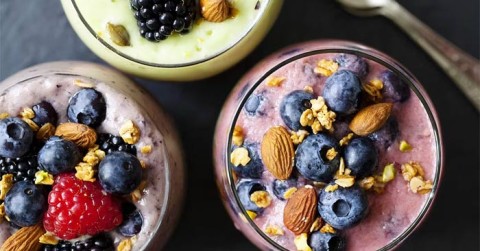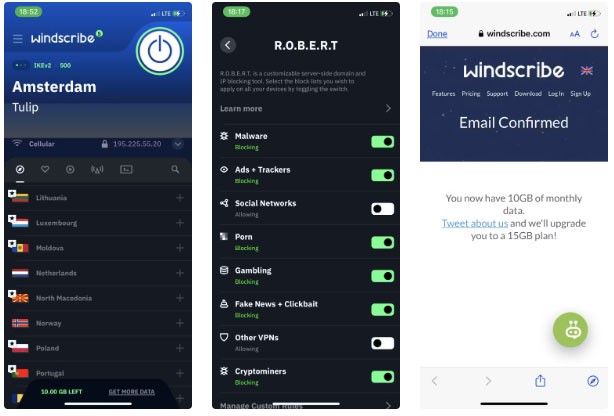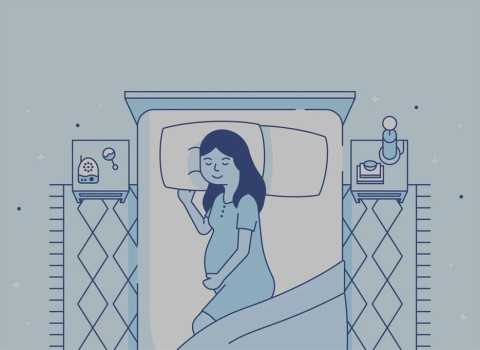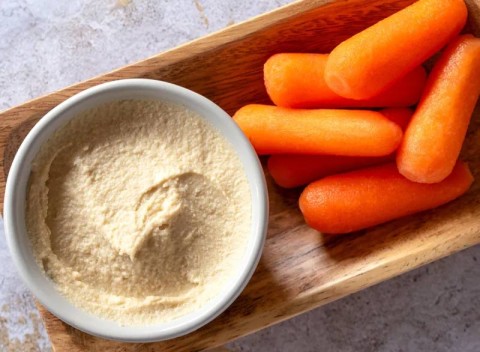The Difference Between QLED, OLED and UHD
When you're looking for a new TV, you'll likely come across terms like QLED, OLED, and UHD. But what do these terms mean and how are they different?
When shopping for a TV, you'll see the options QLED , OLED, and LED. They all seem to look the same when you look at them on screen, so which TV should you buy and what are the differences between them?
LED, QLED or OLED is the best TV for you?
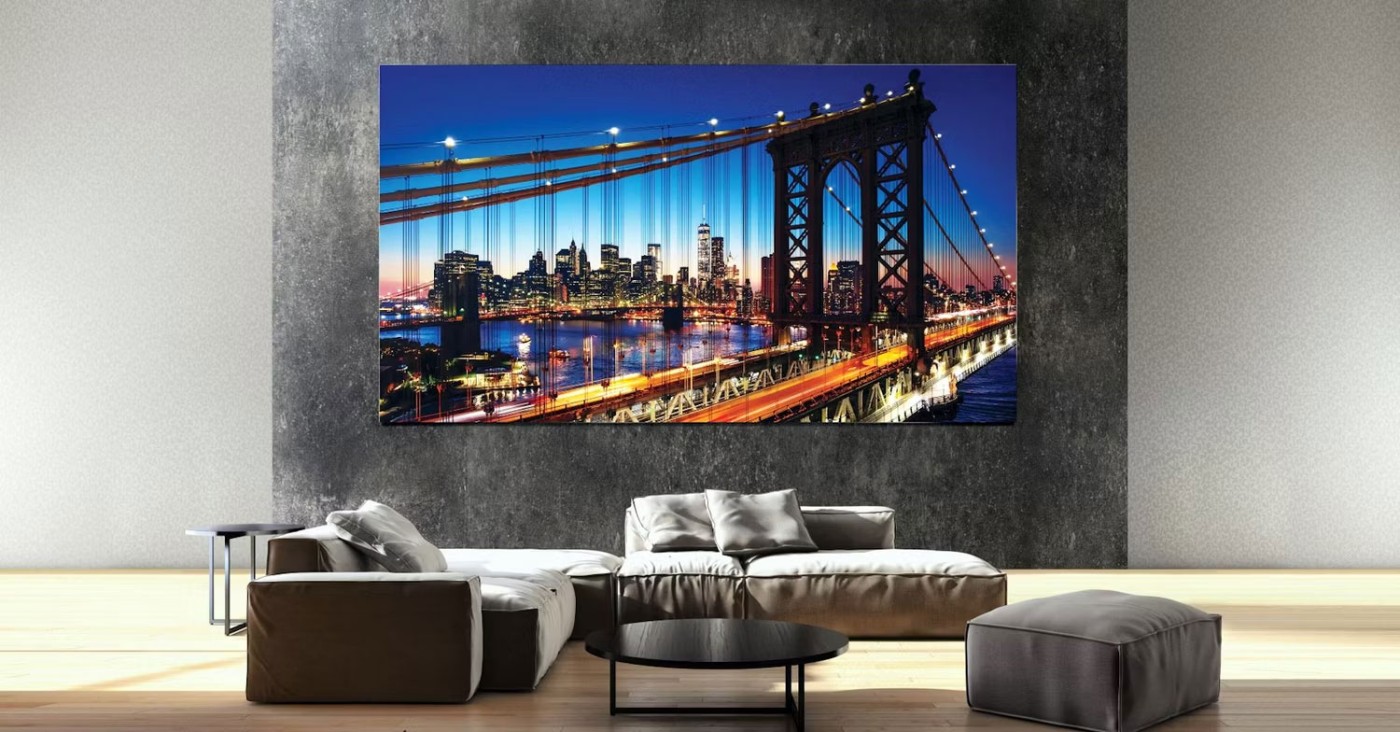
Each TV has its own pros and cons, which we will discuss in detail later. But here are the best TVs based on different criteria:
These are the main strengths of each TV technology. So let's take a look at how each type of TV differs.
How do different TV technologies affect your viewing experience?
Some people may argue that OLED or QLED TVs are better than LED TVs, but the truth is that neither type of TV is superior. It's best to consider the specific features of each and compare.
Brightness
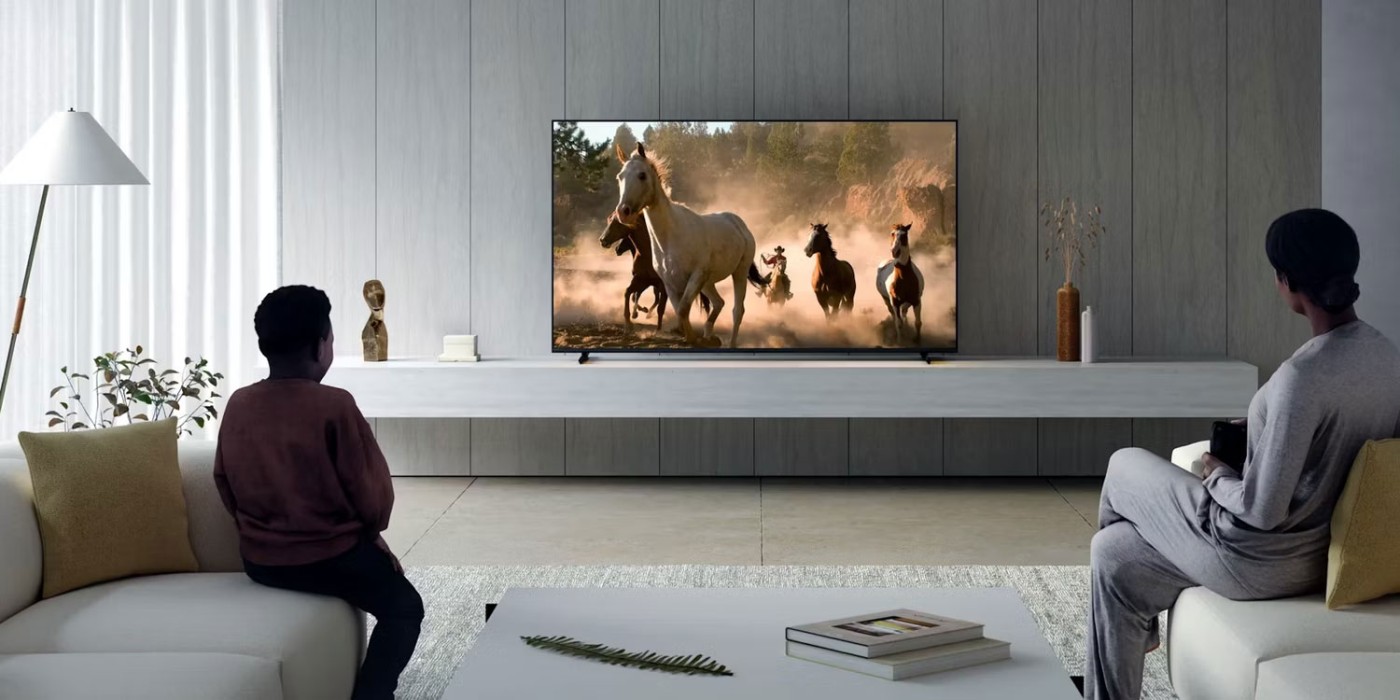
Unless you're placing your TV in a completely dark room, brightness will play a big role in your viewing experience. You want your TV screen to be bright enough to see the screen clearly against ambient light, especially if you're placing your TV in a living room or bedroom with lots of windows.
This is where QLED TVs stand out. Their quantum dot layer makes QLED TVs exceptionally bright, even compared to more basic LED TVs. Plus, they're more energy efficient, so you don't have to spend as much electricity to get a bright screen.
Brightness is generally the weakest point of OLED TVs. Because each subpixel produces its own light, TV manufacturers can't make them too bright or risk burn-in, which limits the screen's lifespan.
Winning Option: QLED TV
Contrast
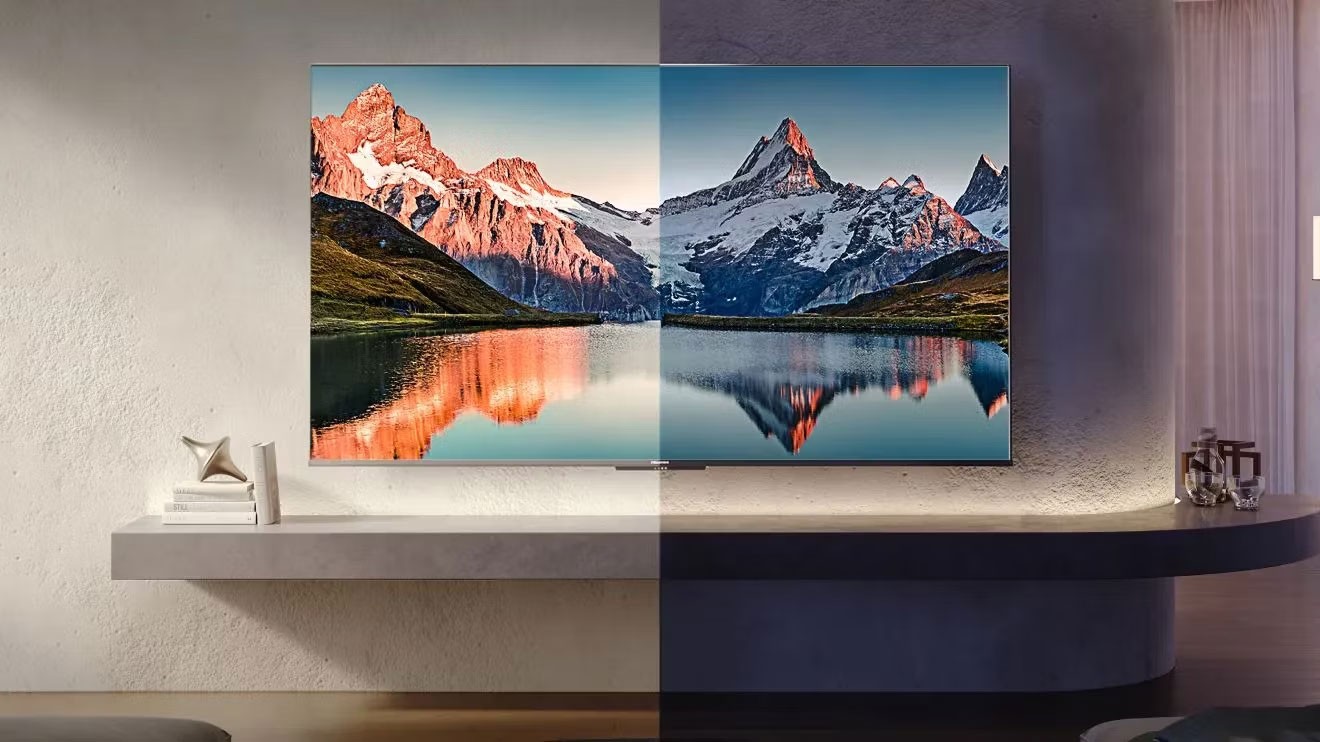
OLED TVs excel at contrast because of the way they work. Unlike LED and QLED TVs, which always have a backlight, each individual pixel on an OLED TV only lights up when it’s needed. This means OLED TVs have an infinite contrast ratio – delivering the deepest blacks and richest colours.
One way to see this is to move a small white object in front of a black image, like hovering a white mouse cursor over a dark background. Most LED and QLED TVs will show some blurring, meaning the black background around the white cursor appears slightly lighter.
However, this is not an issue with OLED TVs. No matter how bright or white that small object is, the pixels around it will still appear black because of the way OLED displays work.
Winning Option: OLED TV
Color accuracy

OLED TVs have traditionally had an advantage over other TV technologies because of the way they work. However, QLED TVs are quickly catching up, especially since Samsung introduced NeoQLED TVs , which combine MiniLED technology with Quantum Dot displays.
However, if you’re looking for the best color accuracy, you should go with an OLED TV right now. But if you’re shying away from the technology because you have a bright, airy living room, you should consider a QD-OLED TV, which adds a quantum dot layer to the OLED display.
Winning Option: OLED TV
Burn-in phenomenon
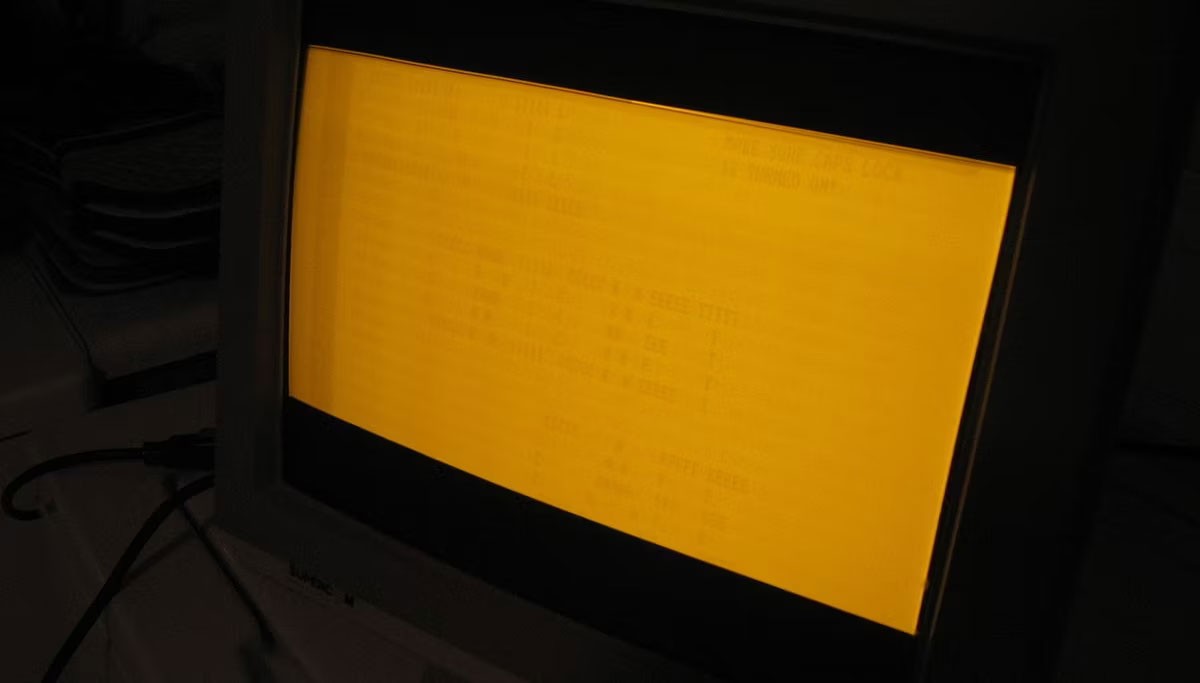
Despite its age and the advancements in OLED technology, it still suffers from burn-in, especially with extended use, so if you plan on tuning in or playing games for a few hours a day, you might want to steer clear of OLED TVs.
It’s best to go with a QLED or LED TV, as these technologies don’t have burn-in issues. But if you already have an OLED TV, you probably already know what causes burn-in on OLED screens, as well as how to fix and prevent it.
Winning option: QLED or LED TV
Price

This is often the most important consideration when buying a TV. So if you’re on a budget and want the biggest screen for your money, you should stick with LED TVs. That’s because it’s the oldest of the three technologies; therefore, it’s the most affordable.
But let's say you're building a home theater and want to avoid costly mistakes. In that case, you should consider buying the more expensive QLED or OLED models, especially if you want a better viewing experience.
Winning Option: LED TV
In summary, you’ll find that both QLED and OLED TVs get two points, with LED TVs only winning in terms of price. This suggests that neither TV technology is superior overall – finding the best one depends on the application or where the TV is placed.
How LED, QLED and OLED TVs Work
It’s important to understand how each TV technology works to understand the details of these differences. While LED and QLED TVs work on the same principle, with QLED adding an extra step to create a better picture, OLED TVs work completely differently. So here are the concepts behind each TV.
LED TV
LED TVs work on the same principle as the first LCD TVs. They are flat screens with multiple layers of light and color control. The bottom layer is usually the backlight, which lights up the screen so you can see the image. Instead of using fluorescent or other lights, LED TVs use LEDs, hence the term.
Although LED TVs have many layers, here is the basics of how they work. The light source – the LED display – is located at the back of the TV. At the front, we have a vertical polarizer that only allows vertical light waves to pass through it.
After the vertical polarizer, the liquid crystal layer twists the vertically polarized light from 0 to 90 degrees, depending on its source state. This gives us a horizontal polarizer that only allows horizontal light waves to pass through.
This is how the TV can control which subpixels (the individual red, green, or blue cells within each pixel) receive light. For example, if the TV needs to display a white image, it will rotate the light source vertically by 90 degrees for all subpixels. But if you need a 50% gray image, it will only rotate the light source by 45 degrees, allowing only about half of the maximum intensity light to pass through.
For a black image, the TV will not rotate the vertically polarized light, meaning no light will pass through the horizontal polarizer. This will result in a black image on the TV. While there are other key differences between LCD and LED TVs, the core concept of how they create the image you see on screen remains the same.
QLED TV
QLED TVs start with the same principles as LED TVs – backlight, vertical polarizer, liquid crystal layer, horizontal polarizer, color layer, and viewing screen. However, QLED TVs don’t use white LED backlights. That’s because white LED backlights aren’t always perfectly white. You can see this if you look at LED strips; you’ll notice they often have a yellow tint.
To solve this problem, leading QLED TV maker Samsung uses a Quantum Dot layer as its light source. Instead of using white LEDs as a backlight, the company uses an LED light source to excite the crystals in the Quantum Dot layer. This layer then emits a natural white light that is brighter than a traditional LED source.
This allows the TV to show you more vibrant and accurate colors than regular LED TVs. QLED TVs are so accurate that Samsung even claims its TVs can reproduce billions of colors – basically every color the human eye can see. Quantum Dot technology is so good that some TV manufacturers are adding it to OLED TVs and calling them QD-OLED.
OLED TV
The main difference between OLED TVs vs. LED and QLED TVs is how they produce light. Instead of requiring a backlight, each pixel on an OLED TV emits its own light.
This is unlike LED or QLED TVs, which require a constant power source to keep the entire backlight layer on. If a portion of the screen is black, the liquid crystal layer blocks the light coming from the backlight. While this is enough to reduce the brightness of that particular portion, it often results in some light leakage – usually from neighboring pixels – which can cause glare on your screen, especially if you’re viewing a white image on a black background.
But on OLED TVs, when a part of the screen is black, there is absolutely no light emitted from that part. This is what gives OLED TVs accurate colors and infinite contrast ratios.
Now that you know the differences between the three TV technologies, you can choose the best TV technology for your needs. Decide what's most important: affordability, brightness, or color accuracy.
But buying a TV isn't just about screen technology - there are many other factors you need to consider if you're choosing a TV for your home.
>>> Related article: Top best keyboards for TV, integrated touchpad
Diet is important to our health. Yet most of our meals are lacking in these six important nutrients.
At first glance, AirPods look just like any other true wireless earbuds. But that all changed when a few little-known features were discovered.
In this article, we will guide you how to regain access to your hard drive when it fails. Let's follow along!
Dental floss is a common tool for cleaning teeth, however, not everyone knows how to use it properly. Below are instructions on how to use dental floss to clean teeth effectively.
Building muscle takes time and the right training, but its something anyone can do. Heres how to build muscle, according to experts.
In addition to regular exercise and not smoking, diet is one of the best ways to protect your heart. Here are the best diets for heart health.
The third trimester is often the most difficult time to sleep during pregnancy. Here are some ways to treat insomnia in the third trimester.
There are many ways to lose weight without changing anything in your diet. Here are some scientifically proven automatic weight loss or calorie-burning methods that anyone can use.
Apple has introduced iOS 26 – a major update with a brand new frosted glass design, smarter experiences, and improvements to familiar apps.
Yoga can provide many health benefits, including better sleep. Because yoga can be relaxing and restorative, its a great way to beat insomnia after a busy day.
The flower of the other shore is a unique flower, carrying many unique meanings. So what is the flower of the other shore, is the flower of the other shore real, what is the meaning and legend of the flower of the other shore?
Craving for snacks but afraid of gaining weight? Dont worry, lets explore together many types of weight loss snacks that are high in fiber, low in calories without making you try to starve yourself.
Prioritizing a consistent sleep schedule and evening routine can help improve the quality of your sleep. Heres what you need to know to stop tossing and turning at night.
Adding a printer to Windows 10 is simple, although the process for wired devices will be different than for wireless devices.
You want to have a beautiful, shiny, healthy nail quickly. The simple tips for beautiful nails below will be useful for you.
